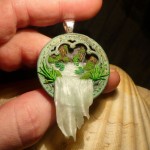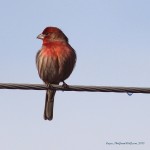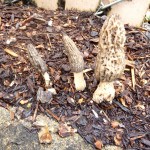In my last post, I introduced the Altar of Curiosities through one particular manifestation thereof, the place altar. My own place altar includes small items taken from or otherwise representative of a number of locations I’ve been to that I have a particularly strong connection to, what I consider to be “personal power spots”. It not only maps out a microcosm of these places, but also serves as a physical link to them when I can’t visit them in person.
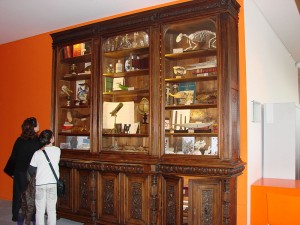
But it also functions as a spiritual altar. These items are not just souvenirs, but connections to places I consider sacred. They are vessels for that sanctity in and of themselves, and the altar additionally provides a place to meditate upon them, to work rituals for and with them in my own home, and to make offerings to them.
And that sums up the basic concept of an Altar of Curiosities: a collection of natural or otherwise noteworthy items that are valued both for their intrinsic qualities as specimens, and whatever spiritual qualities their curator ascribes to them. The altar as a whole is a microcosmic representation of the world or a portion thereof, with additional personal meaning. It may be a permanent fixture, or temporarily assembled, though the former is more true to the spirit of the original cabinets.
This is a fairly specific definition for a reason; not every altar has the curiosity element to it, and not every cabinet of curiosities has an intentional spiritual angle. An altar that is primarily meant to store a set of Wiccan ritual tools like the athame, chalice, etc. simply because that is what is traditionally required is not an Altar of Curiosities; the items are not curated based on the origins of their materials, or the artists who created them, for example, but only because they are what’s expected of the practitioner’s path.
However, let’s say that each of the tools is made with a local material that represents the tool’s element–the pentacle is carved from local stone, the handle of the athame is made from a native evergreen tree that secretes a great deal of pitch (a natural fire starter), and so forth. If the tools are displayed to show off those natural characteristics instead of just as the Wiccan altar rank-and-file, then the altar could be considered an Altar of Curiosities.
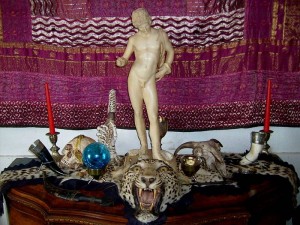
These are just a couple of examples, though, and the Altar of Curiosities is not bound by strict holy writ. The basic rule of thumb is that it is curated and appreciated both for its form (natural history, the story behind each piece, how the various pieces in the collection are related to each other) and function (particularly spiritual function, whether representing concepts sacred to the curator, or involving more active practice).
In the third installment of this series, I’ll offer up some tips on how to create and work with your own Altar of Curiosities.
* Many people often only consider cabinets of curiosities to contain natural history specimens, particularly oddities like two-headed sheep and rare orchids. However, the classic cabinet could contain specimens from biology, geology, and other natural sciences, as well as religious relics, archaeological findings, fine art, and more. The early cabinets were meant to house items that had not yet been carefully examined or categorized by the newly budding Renaissance sciences and other studies, though these days we have a lot fewer mysteries on our hands, and so we may know more about our collections more easily than our predecessors.


